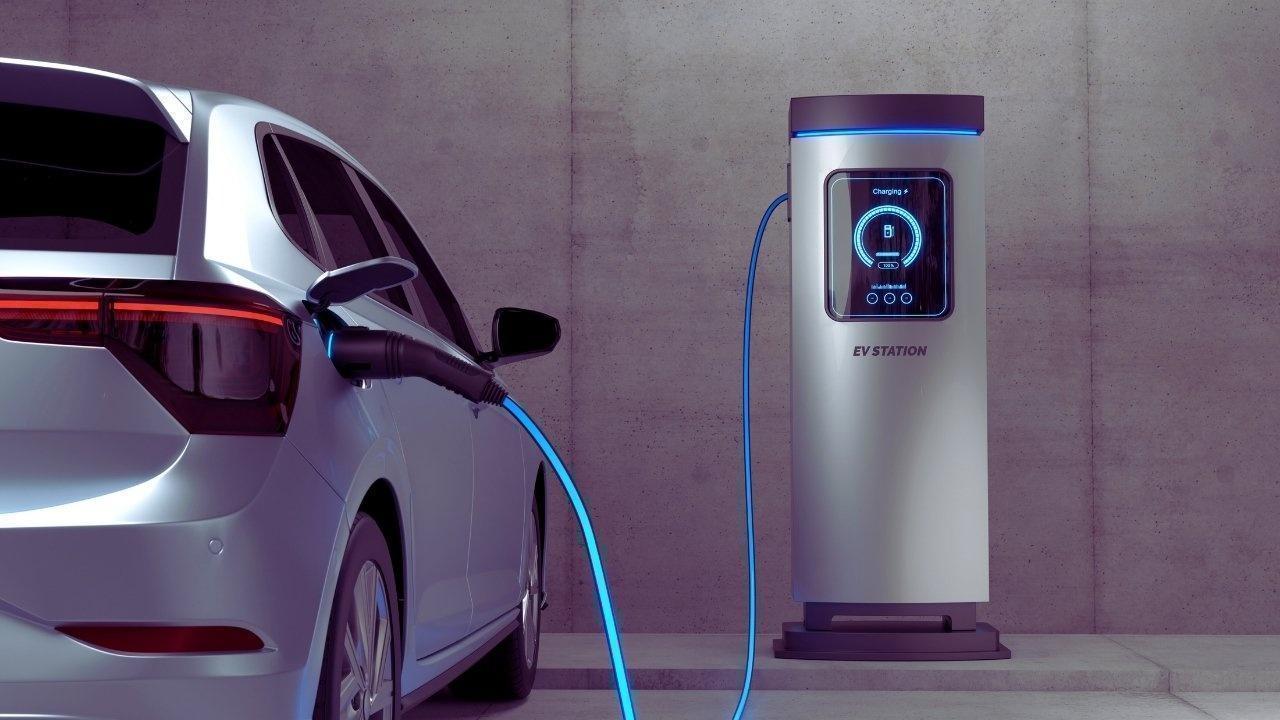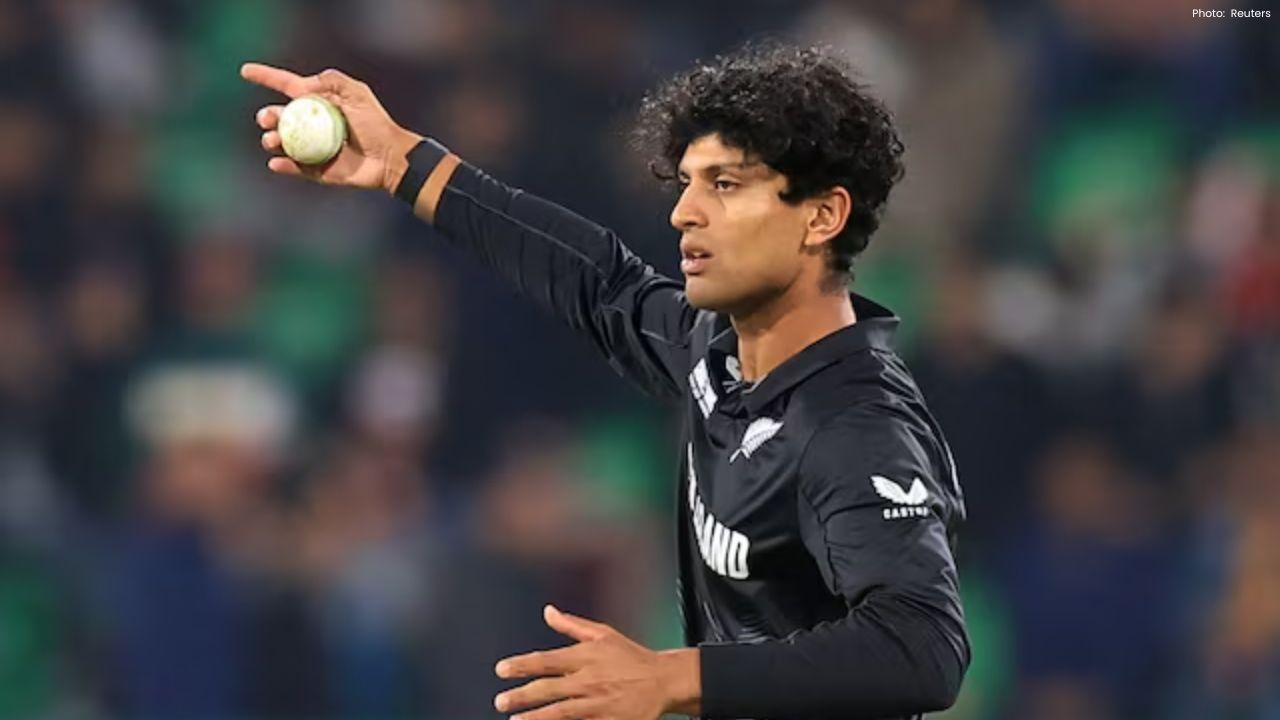
Join 10k+ people to get notified about new posts, news and tips.
Do not worry we don't spam!

Post by : Anis Farhan
This week has witnessed a substantial surge in strategic alliances between electric vehicle (EV) charging-network operators and mobile application developers. For urban drivers—who frequently deal with cramped spaces, bustling traffic, and limited parking—the timing couldn't be better. These newly unveiled partnerships aim to streamline the discovery, payment, reservation, and access of charging stations in dynamic urban landscapes.
Historically, urban EV charging has encountered various challenges, including low station availability, fluctuating pricing, inconsistent network access, complicated apps, and range anxiety further exacerbated by traffic congestion and mixed public transit use. The app collaborations announced this week seek to address these issues by providing more cohesive experiences: effortless station mapping, consolidated payments across networks, real-time availability, and booking functionalities tailored for urban needs.
In this article, we delve into what these new partnerships entail, how urban EV drivers can take advantage (and potential pitfalls), plus their wider impact on city transport strategy, charging-network expansion, and driver behavior.
The week’s announcements generally fall into two categories: (1) charging-network companies combining their station infrastructure with third-party mobility or payment apps; and (2) navigation or ride-hailing applications incorporating EV-charging features for users. The collaborations typically feature:
Integrated station discovery through the partnered app, offering map data, filter capabilities (e.g., fast charger or workplace charger), and availability indicators.
Reservation or queue-join features, allowing drivers to book charging slots in advance or join a digital waiting list, crucial in crowded urban settings.
Universal payment across various charging-network operators via a single app (eliminating the need for separate logins or memberships).
Real-time price visibility, showcasing costs per kWh or minute, along with any parking and idle fees, giving a clear total before charging.
Location-specific promotions, including discounts for off-peak usage, loyalty rewards for frequent users, or shared promotions with local transit authorities.
Data sharing between app developers and charging operators, shedding light on usage trends, availability issues, and infrastructure needs in urban centers.
Urban drivers should be aware that these partnerships will roll out progressively; not all stations will be completely integrated right away, and initial participation may be limited to certain networks or charger types in specific cities.
Urban EV drivers encounter distinct challenges not faced by their suburban or rural counterparts. The newly announced partnerships aim to alleviate many of these city-specific friction points.
While range concerns are typically linked to extended highway journeys, urban driving also intensifies range worries due to frequent stops, energy-consuming accessories (like heating or air conditioning), and the difficulty of locating chargers amidst crowded areas. Enhanced discovery and reservation options can help alleviate this stress.
Urban charging stations often share space with regular parking zones. The ability to reserve or join queues can prevent drivers from encountering blocked chargers, non-EV vehicles, or slower chargers when they need a quick charge.
The diversity of charging-network apps has long frustrated city motorists who often utilize different networks for work, residence, and public locations. A consolidated payment mechanism is a welcome solution to this fragmentation.
Charging stations located in urban areas tend to have premium rates due to location and space limitations. With real-time pricing visibility, drivers can assess the cost of each charge, avoid hidden fees, and potentially plan around lower pricing or off-peak discounts.
If an app integrates charging spots with parking, ride-hailing services, public transit, or shared mobility solutions, it enhances functionality—an essential feature in densely populated urban environments where multi-modal transport is prevalent.
The data shared through these partnerships helps city planners enhance charger deployment, potentially leading to faster installation in high-demand regions.
Overall, these partnerships provide urban drivers juggling work, errands, parking, and charging with a smoother logistical experience.
Despite the positive news surrounding these partnerships, urban drivers should remain cautious of several factors.
Not all chargers within a network may be fully integrated at the outset. Some charger types (like older AC chargers) may lack reservation or real-time updates initially. Ensure your preferred station is included in the app’s network before relying on it.
Making a reservation doesn’t always guarantee immediate access, particularly in areas where enforcement of charging regulations may be lacking or when non-EV cars occupy the charger. Urban regions often struggle with charger-blocking situations.
Even with clear pricing, urban chargers may impose additional charges. Drivers should closely review the total cost instead of focusing merely on the cost per kWh.
With any technological advancements, expect initial setbacks: app bugs, delayed updates, inaccurate charger availability, or discrepancies between app data and real-world situations.
While a unified payment method is in the works, some networks may still require memberships or impose higher fees, especially outside city centers. Make sure to check pricing across networks, especially when traveling.
The increased exchange of data among apps, networks, and possibly local authorities raises questions about the handling, storage, and sharing of user data. Urban drivers valuing privacy should scrutinize app permissions and terms of service.
Despite enhancements in software, physical limitations persist—such as insufficient charging options and parking competition. While these partnerships improve access, they do not instantly resolve hardware shortages in high-density areas.
To take full advantage of the new app integrations, urban drivers should consider the following practical steps.
Install the relevant app ahead of time. Set up your payment details, familiarize yourself with how to reserve a charging spot, check charger status, and outline your routes.
Within the app, designate your preferred charging locations (home, workplace, shopping areas). Monitor how swiftly availability updates and how real-world reservations function.
Assess costs per kWh, minute rates, idle fees, and any parking charges. If possible, compare two nearby charging options through the app.
Many urban charging networks have discounts for reservations made during off-peak periods or as part of new partnership promotions. Early morning or late-night drivers can benefit.
Just because an app indicates a slot is available does not guarantee it is clear. Especially in busy urban locations, identify alternative charging stations within a walk or short trip.
As new functionalities are released (such as queue alerts, smart routing, or integrated payments), keep informed and provide feedback regarding inaccurate data to enhance system reliability.
For privacy-conscious users, evaluate the permissions the app requests (such as location services, payment information, and vehicle telemetry). Adjust settings to align with your comfort level.
If a charger frequently appears available within the app but is consistently blocked or malfunctioning, report the issue. Your feedback contributes to the reliability of the entire urban network.
These partnerships in app-based charging signify more than just a benefit for drivers—they carry substantial ramifications for the evolution of urban mobility.
As data from app usage becomes available, city planners can more effectively prioritize new installations in areas of heightened demand.
Apps may one day connect charging options with parking-garage bookings, transit tickets, or shared-mobility services, facilitating smoother multi-modal journeys.
With real-time data on availability and booking, urban networks might shift towards dynamic pricing—higher during peak demand and lower when supply exceeds demand.
With more drivers opting for app-based bookings instead of circling around for open chargers, urban congestion in charging areas may diminish.
Enhanced charging efficiency and reduced wait times contribute to less idling and more effective charging, which helps lower overall emissions from electric vehicles.
Startups focused on analytics, reservation systems, charger management, and optimization tools stand to benefit significantly from this emerging wave.
As urban populations expand and mobility needs evolve, these partnerships represent a foundational shift towards smarter charging infrastructures.
To paint a clearer picture, consider Sarah, an urban EV driver in a bustling city.
Morning On The Go: Her app notifies her two blocks from home that a fast charger near her workplace will be open in ten minutes. She books the slot, drives over, charges for 20 minutes while getting coffee, and leaves just as the session ends—no need to hunt for a spot.
Afternoon Course Corrections: While shopping downtown, the app displays several destination chargers with various prices. She opts for a slower charger with a promotional rate, secures the booking, charges for 40 minutes, and continues her errands.
Evening Dinner Plans: She reserves a charger near her restaurant prior to arrival, ensuring availability when she returns. Payment for both parking and charging occurs in one seamless transaction.
Weekend Ventures: She discovers a partner network outside the city is now available in the app due to these new collaborations—she plans a visit to the suburbs and reserves a charging station along her route, alleviating worries about charging options outside the city.
What changes for Sarah: fewer worries about finding chargers, clearer cost expectations, and less overall hassle. The new partnerships lead to significant improvements in daily life.
The EV-charging app partnerships unveiled this week signify a notable advancement in urban driving infrastructure. For city-based EV drivers, the advantages are clear: easier charger discovery, streamlined payments, flexible booking, and better alignment with daily routines. However, challenges persist—issues related to coverage, pricing complexity, digital reliability, and privacy must be navigated with care.
As these collaborations gain traction, urban drivers who proactively adapt to these innovations will likely reap the most rewards. In the long run, the ripple effects may alter how cities approach charging infrastructure, shape mobility planning, and transform the experience of driving an EV: closer to the simplicity of refueling a gasoline vehicle while benefiting from the sustainable aspects of electric mobility.
For those commuting by EV, now is the time to explore the newly app-integrated options, master booking and payment, and make these innovations part of everyday life. The stress of searching for charging stations may soon be a thing of the past, ushering in a more intelligent and efficient urban EV experience.
This article serves informational and lifestyle purposes only. It does not provide financial or technical advice. Urban drivers should verify the compatibility of apps, charger network coverage, and local pricing before relying on these integrations.










Conway Shines as New Zealand Edges Out West Indies in Napier
Devon Conway and Rachin Ravindra propel New Zealand to a five-wicket victory over West Indies, clinc

Ja'Marr Chase Faces One-Game Suspension Following Spitting Incident
Bengals' Ja'Marr Chase receives a one-game suspension after spitting on Jalen Ramsey; his appeal has

England Names 12-Man Squad for Opening Ashes Test in Perth
England reveals a 12-man squad for the first Ashes Test in Perth, featuring Shoaib Bashir and a pace

Roger Federer Inducted into Tennis Hall of Fame in Historic First Year
Tennis icon Roger Federer receives Hall of Fame recognition in his first year, alongside renowned co

Steve McClaren Steps Down as Jamaica’s Head Coach Following World Cup Qualifying Draw
After a crucial goalless draw with Curacao, Steve McClaren resigns as Jamaica's head coach, leaving

Daryl Mitchell Tops ICC ODI Rankings, Updates Released
Daryl Mitchell ascends to No.1 in the ICC ODI rankings, with boosts for players from New Zealand, In